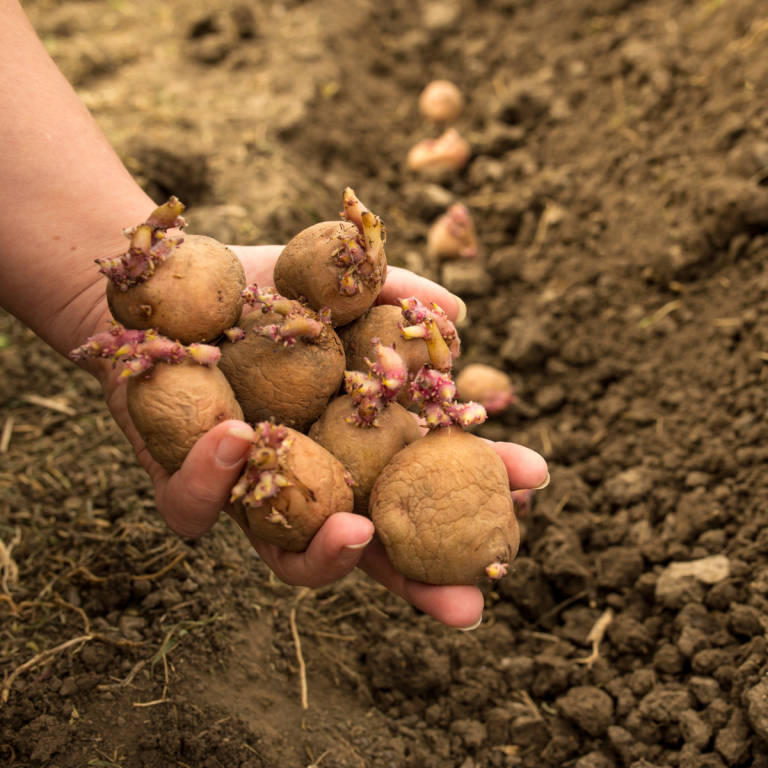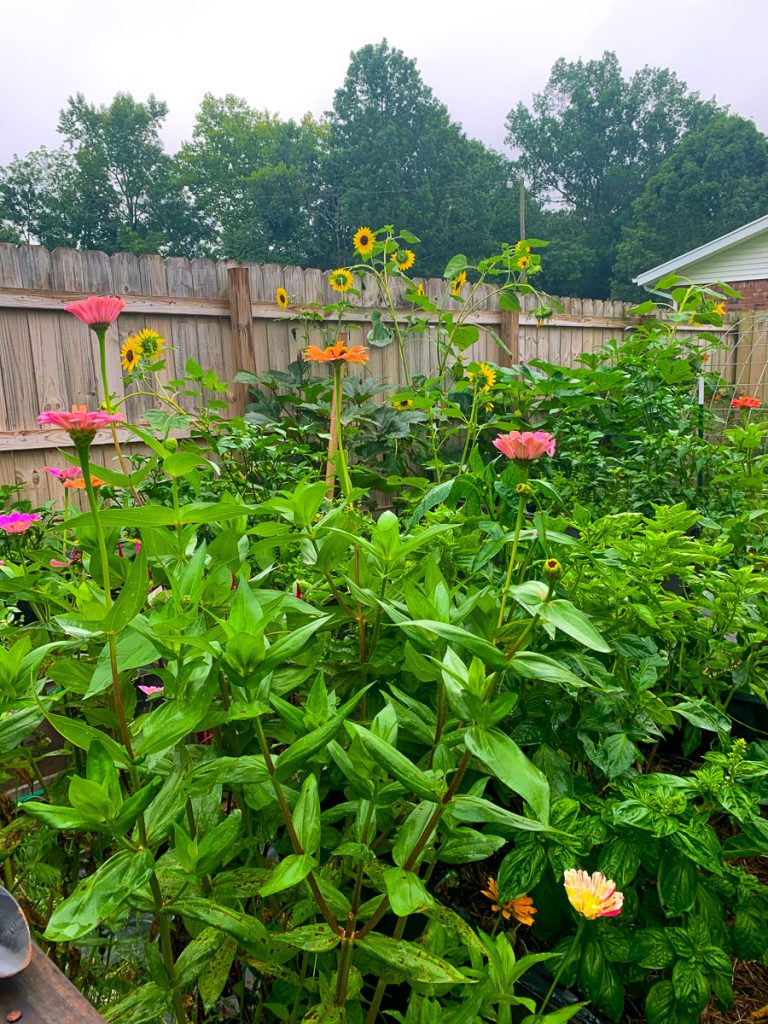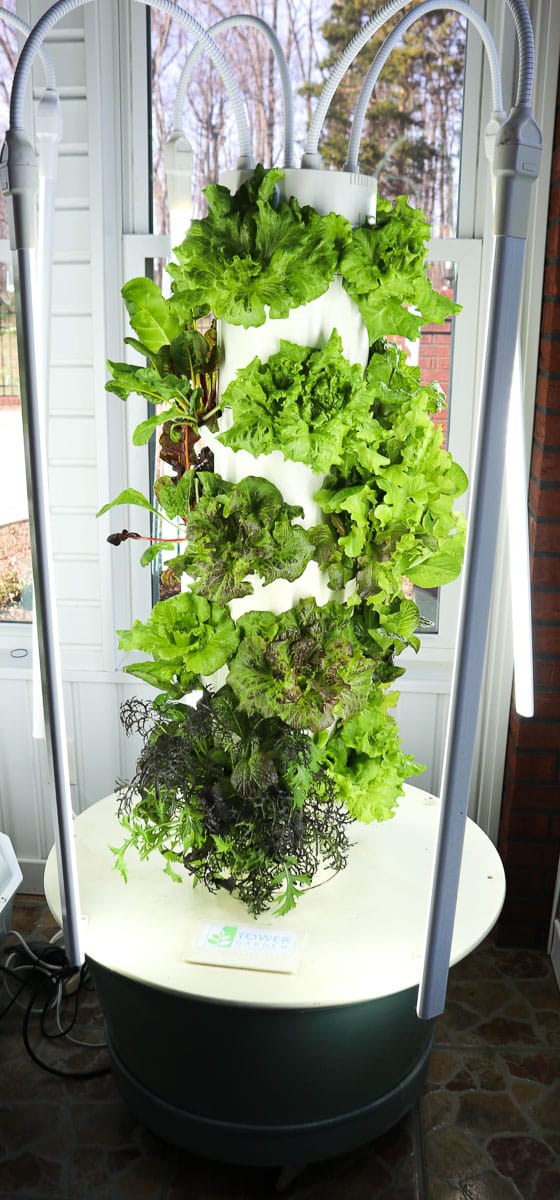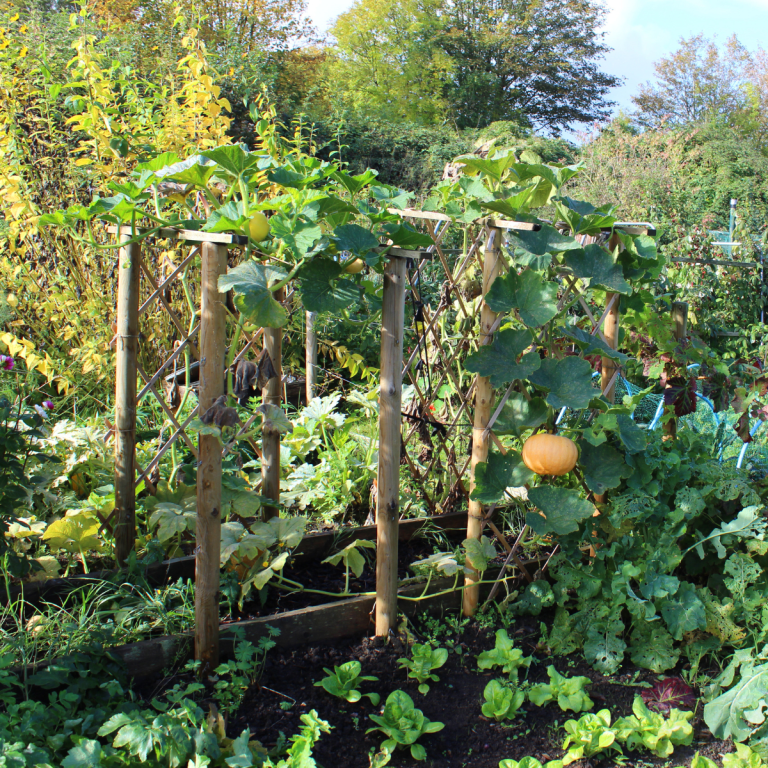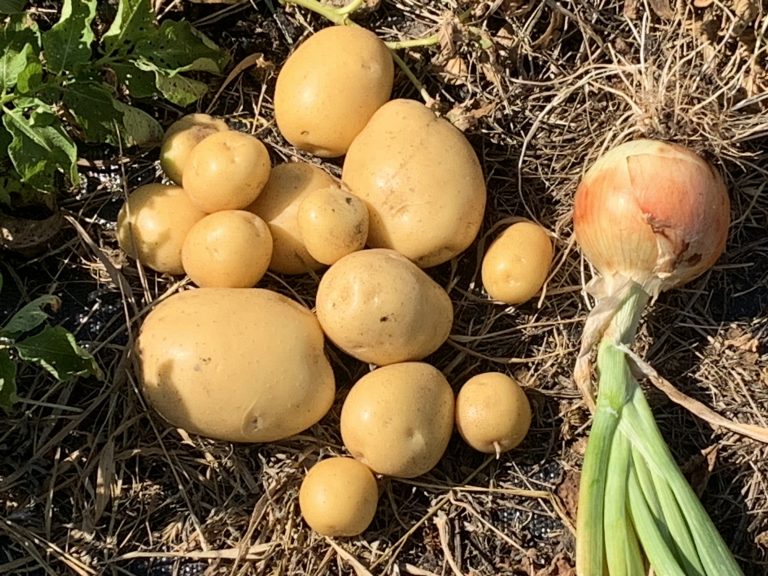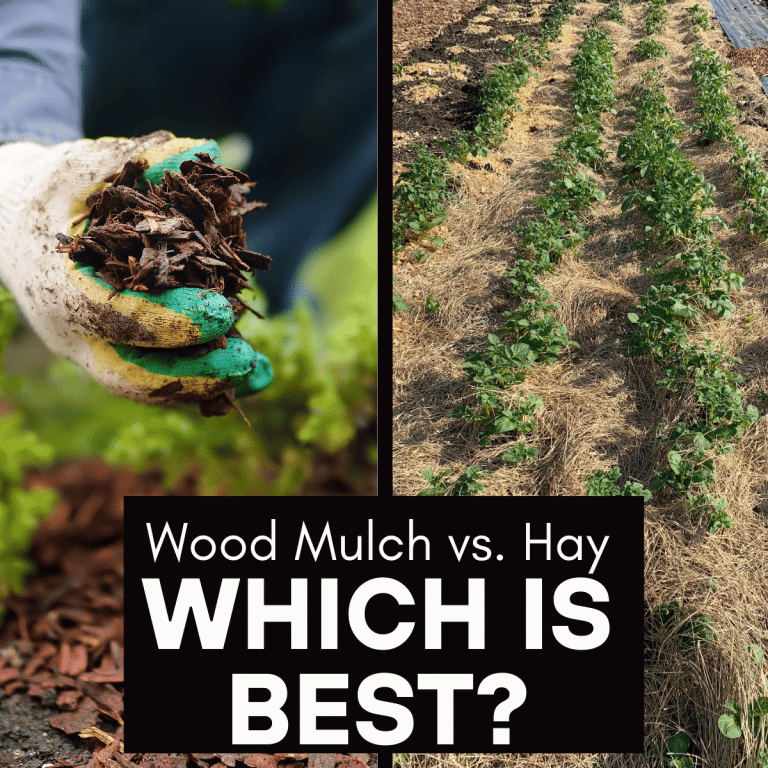Tomatoes 101
Tomatoes are a beloved – and often vexing – garden crop, and our horticulture experts frequently field questions about the best way to germinate, plant, and tend them. We put together this brief guide to tomato basics, which we’re calling “Tomato 101.”

What is germination?
When a seed germinates, the first leaves to emerge are seed leaves or cotyledons for dicot type (two seed leaves) plants. (Monocots are the grasses in general.) These seed leaves are not the true leaves of the plant; they are just the starters. They photosynthesize and provide energy to the young plant. After the plant gets established and has a root system, the true leaves will emerge, and the plant starts growing.
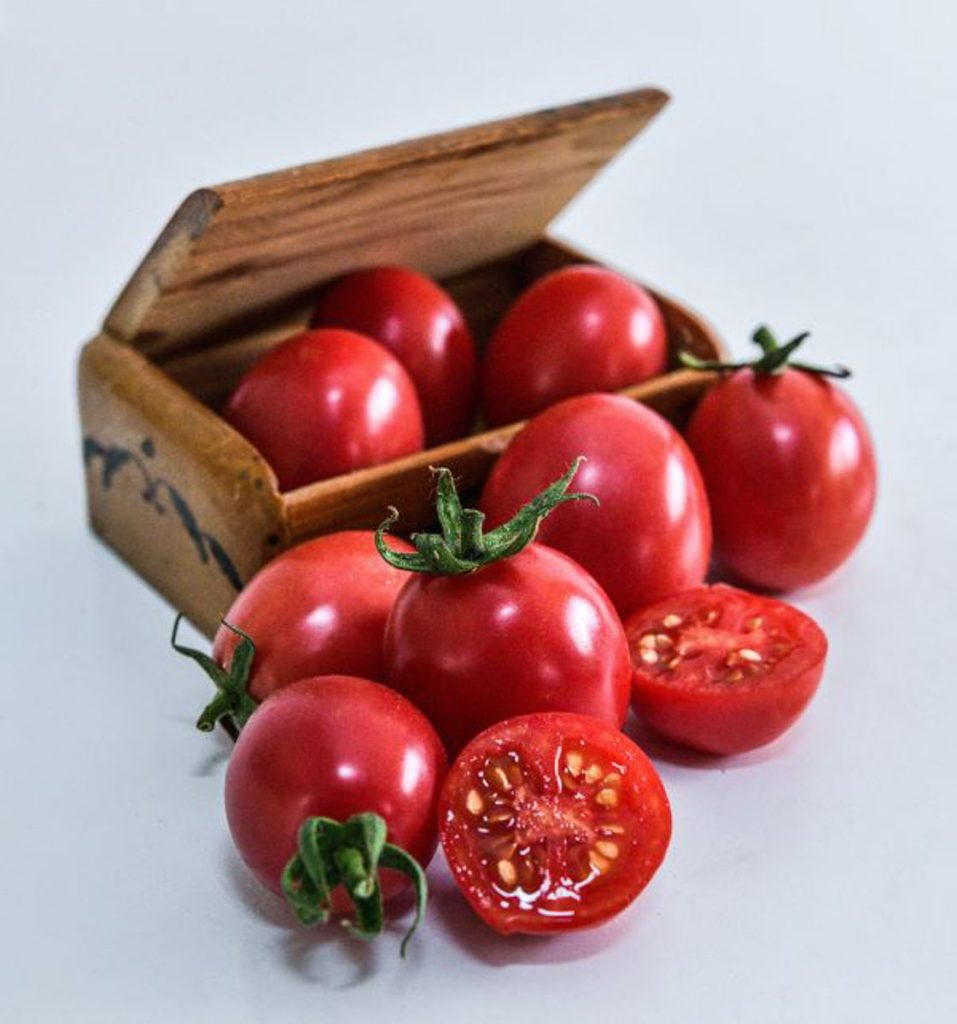
What is hardening off?
Hardening off is a process where you prepare your indoor grown seedlings to be planted outside. Indoor-grown seedlings are accustomed to constant temperatures and low light levels. Placing them immediately outside can result in transplant shock from the intensity of the sunlight and the temperature swings. To counter this, bring your plants onto a covered porch or a protected area and let them get a couple of hours of sun each day. Gradually increase the amount of sun over the course of a couple of weeks. Then, when you plant, the seedlings will have hardened off. The hardening-off process is an important way of acclimating your seedlings to outdoor conditions!
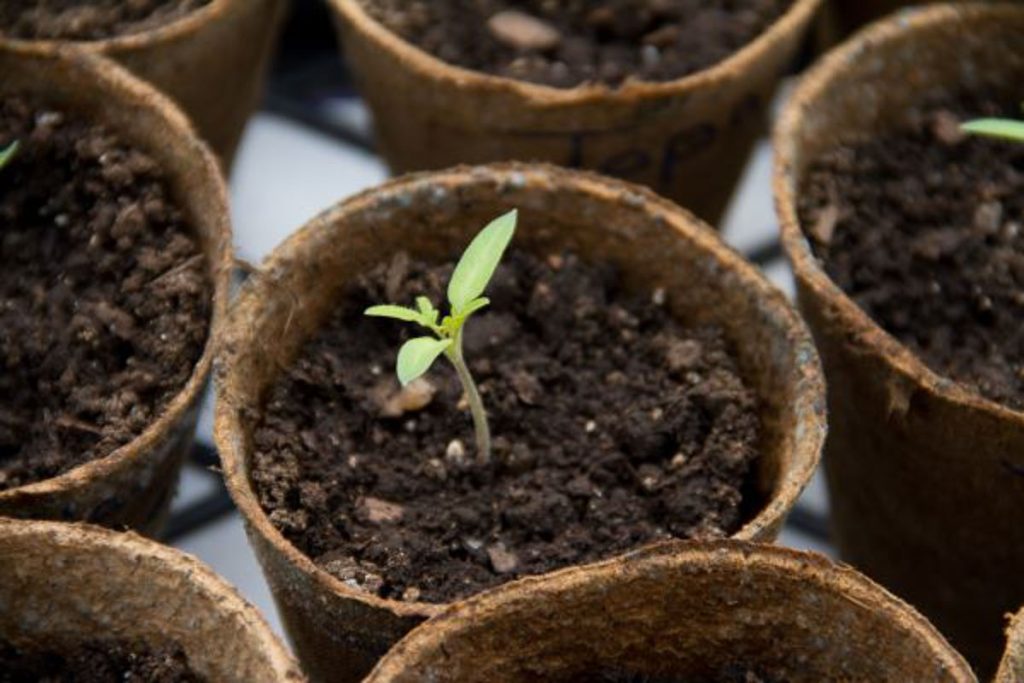
Should I side dress my tomato plants?
Side dressing is the process of applying a mid-season fertilizer. For longer season crops, you can fertilize before planting to get the plant started, but it’s dangerous to try to apply a whole season’s worth in the spring. Rather, apply fertilizer to the side of your rows in mid-season to provide a boost to your crops. This can encourage a higher yield in the late season.
What is the best tomato fertilizer?
There is no one best tomato fertilizer. We recommend using an organic fertilizer pre-plant and side dressing throughout the season to maintain vigorous growth. Small frequent applications result in an even growth rate, while a large application can result in flush of unwanted growth.
What’s the best way to water my tomatoes?
The best way to water tomatoes is with drip and a timer. This way provides a nice consistent amount of water to the plant and eliminates the wet/dry cycle and provides better results. Hand watering is OK, just try not to wet the foliage. Wet foliage can lead to disease. Try not to splash water and soil upon the leaves. With well-draining soil you should be able to water every other day except in the middle of the summer when it may be daily. Plants grown in containers will require more frequent watering due to the restricted root space.
What’s the best way to prune my tomatoes?
Pruning tomatoes is an exercise in imagination. While tomatoes can grow as a rambling vine, they don’t climb. We trellis them to keep the fruit off the ground. It is not absolutely necessary to prune tomatoes, but we do, to keep the plant under control.
Pruning a tomato is easy. Leaves and flowers grow along one main stem. At the junction of the leaf and the stem a side shoot (or sucker) can form, growing laterally from the stem. This sucker will put out its own leaves and flowers and eventually have fruit develop. Suckers will develop all along the stem, and if you don’t remove some of them, you end up with an impenetrable mass. Use your imagination and choose which suckers you wish to keep. Train one to the left and one to the right on your trellis. As more suckers grow, choose another pair and train them. Letting all the suckers grow will result in a stressed-out plant and smaller fruit. Keeping the main stem and about four suckers will provide lots of leaf surface and the best fruit.
What’s the difference between a determinate and indeterminate tomato variety?
Determinate tomatoes are a type of tomato that grows, flowers, and sets fruit. After fruit set, the plant stops growing and fruiting. Indeterminate tomatoes grow, flower, set fruit and continue growing and fruiting usually until first frost. Indeterminate tomatoes are the more common type
Can I grow tomatoes in a container?
Tomatoes can be successfully grown in containers. A 5-gallon bucket is probably the smallest suitable container size, and even that will restrict the root zone. Container growing requires paying close attention to the soil moisture and applying regular small doses of fertilizer to maintain growth.

How do I know if my tomatoes are ripe?
The squeeze test is the best way to check a tomato’s ripeness. Gently squeeze the fruit, and if the flesh gives a little, it’s ready. If it feels soft, it’s overripe, and if it doesn’t give at all, it’s not yet ripe. Judging ripeness by the change in skin color also works, but it’s not as reliable a method.

What’s the best way to support tomato vines?
Trellising is the best method for raising tomatoes. This method keeps the fruit off the ground, increases sun exposure, increases potential airflow, and allows for easier pruning. Staking and caging will also work, but if your tomatoes are growing well, they will soon overwhelm a caging or staking system. At Baker Creek, we use wire cattle panels in the greenhouses and tomato fields.

Learn more about growing vertically with cattle panels here.
What Should I Know About Tomato Pollination?
Tomatoes are self pollinating. This means they have complete flowers with both the female and male parts. As such they don’t need pollinators to transfer pollen from one flower to another in order to set fruit.
How Do I Save Tomato Seeds?
When saving tomato seeds from one season to the next, it is necessary to ferment them. This process allows microorganisms to break down the gelatinous material that protects the seeds.
Tomato seeds are ready to harvest when the fruit is ready to eat. For easy seed extraction, cut the tomatoes in half. Squeeze or scoop the seeds and pulp into a clean container (a Mason jar works well). Cover the seeds and pulp with an equal amount of clean water. Stir vigorously. Covering the jar is optional but note that it might be necessary to burp the jars as gases will build up from the fermentation process. Stir the seeds daily, and after three days pour off the water and floating goop and collect the seeds from the bottom of the vessel. Dry the seeds for several days, then place the seeds in a clearly labeled bag.
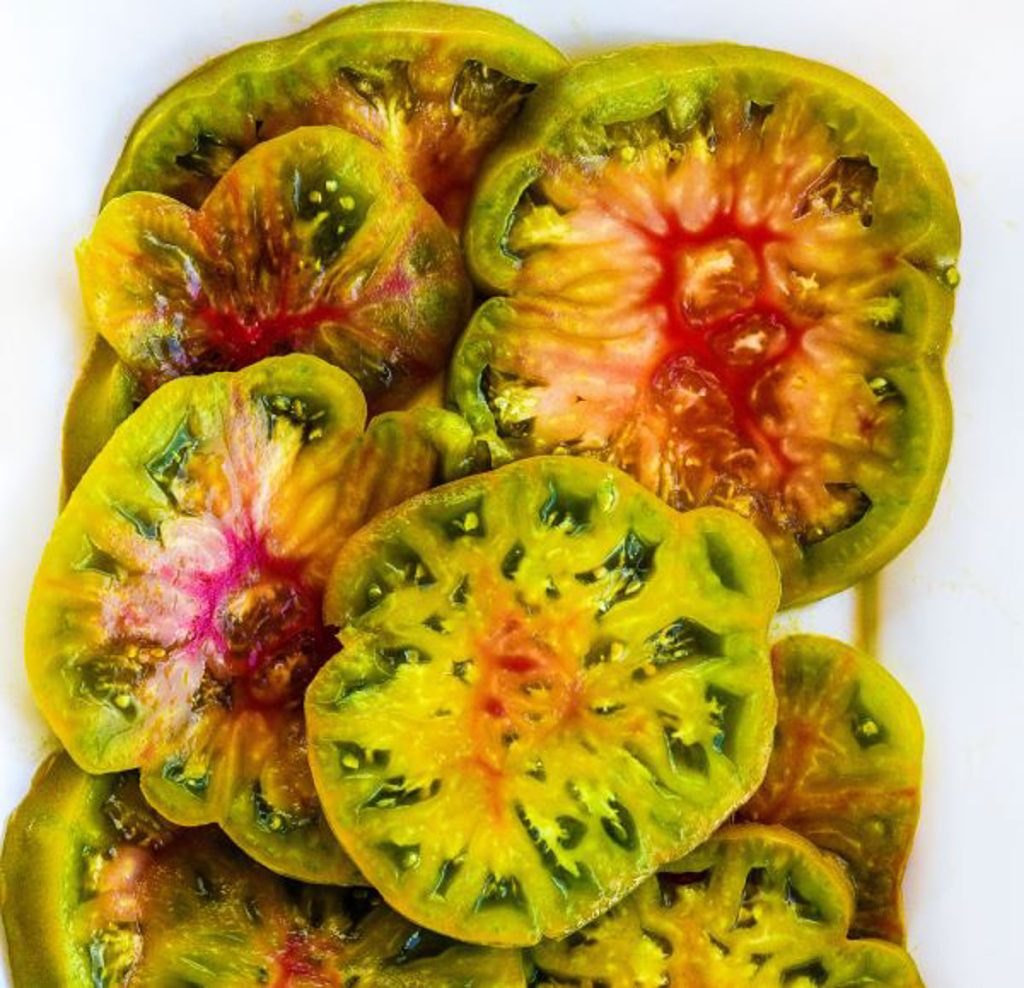
Key takeaways:
When transplanting tomato seedlings, acclimate them to outdoor conditions by exposing them to short periods of outdoor temperatures and sunlight each day for a couple of weeks. This process is called “hardening off.”
Be careful not to overfertilize the soil before transplanting tomato seedlings. A better strategy is to side dress your plants mid-season by applying fertilizer alongside the rows or plants.
Using drip irrigation and a timer is the best way to water tomatoes. If hand watering, be careful not to splash water and soil onto the leaves as that can lead to disease. Water the soil, not the plants!
Tomatoes can be grown in containers but choose one large enough for the plant’s root system to expand. Tomatoes shouldn’t be grown in anything smaller than a 5-gallon bucket.
For the best results, trellis your tomato plants rather than using stakes or cages. This gives the plants more sunlight and airflow, allows for easier pruning, and keeps the fruit off the ground.
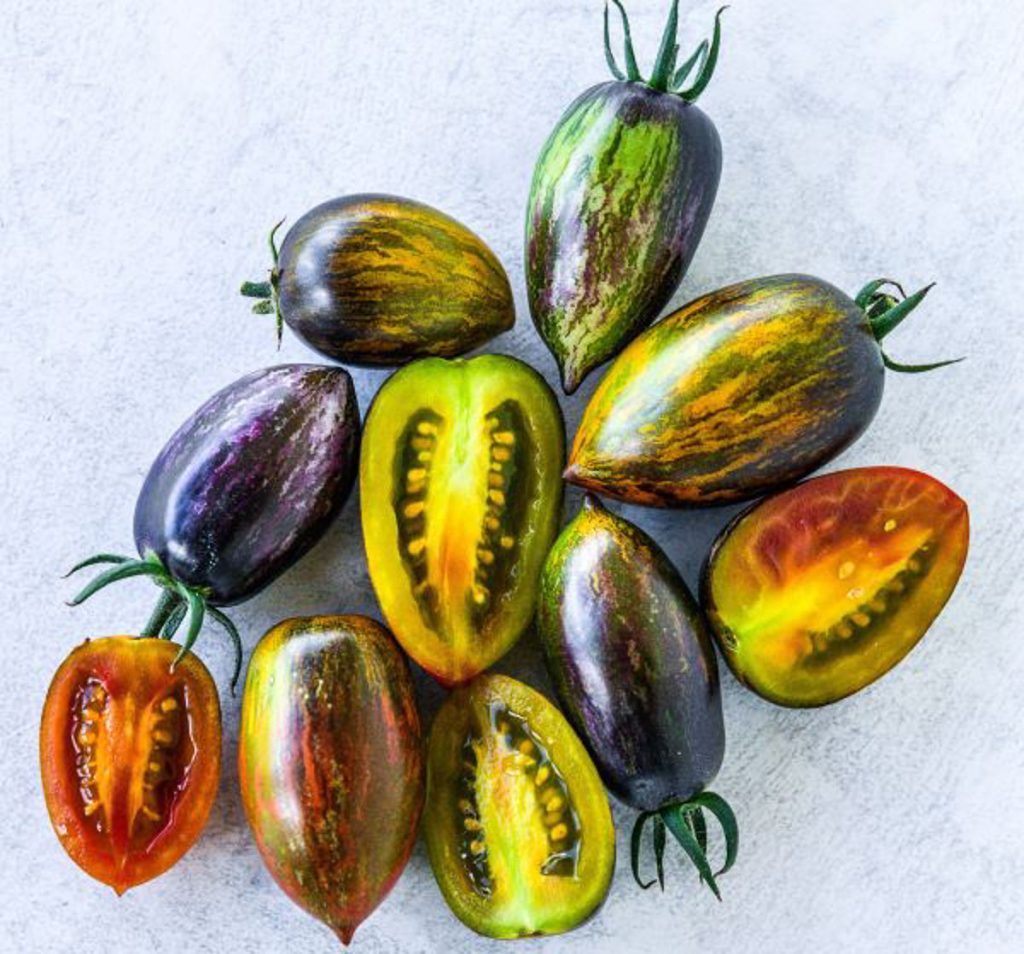
This article, Tomatoes 101, was written by John Lenz and graciously shared with us by Baker Creek Heirloom Seeds. I’m grateful for the opportunity to feature their expert insights here. Be sure to check out their website for more heirloom gardening guides and seeds.
My Favorite Baker Creek Tomato Varieties:
- Hungarian Heart– This large, meaty sauce tomato was my first true gardening success! It’s perfect for making rich, flavorful tomato sauce.
- Dr. Wyche’s– I first heard about this sunny yellow slicer from a video by the great Jessica Sowards, the tomato queen herself. It’s perfect on a BLT, and it’s also my favorite tomato for layering into my tomato pie recipe.
- Cherokee Purple– The tomato I grow every single year, no matter what. I’m a purple-tomato kind of gal, and this one is pure perfection on a pesto BLT. Speaking of pesto… if you’re a basil lover and haven’t yet tried lettuce leaf basil, stop everything and order some seeds now. It’s hands down the best basil I’ve ever had.
- Black Beauty– a head turning, traffic stopping, party trick in fruit form. This tomato features glossy black skin and an indulgent smokey red flesh bursting with flavor. Full of anthocyanin, this tomato is as healthy as it is striking.
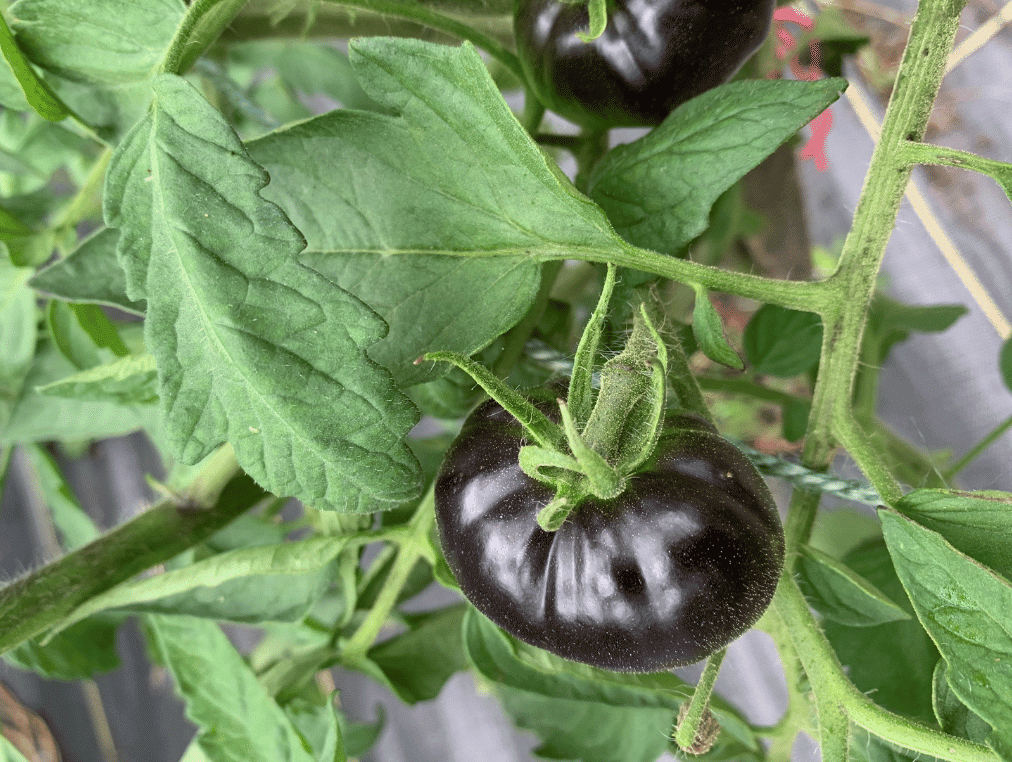
This striking Black Beauty tomato was grown in my 2020 garden, alongside another 40-50 Baker Creek tomato plants. If you are looking for a tomato variety that truly stands out from the crowd, Black Beauty is it!

